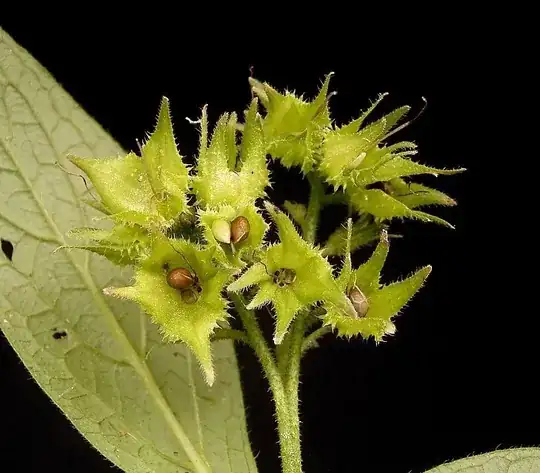I have white comfrey in the front garden with hundreds of flowers. I want to grow it in the back garden. My method has been to transfer many fallen flowers to the back garden and plant them there. Do the flowers need to be fertilised? How can I tell if a flower is fertilised?
2 Answers
You need to understand the difference between flowers and fruit or seeds. And no matter how many fallen flowers you scatter, they will never give you new plants.
So here’s the birds and bees (pun intended) talk:
The flowers are there to attract pollinators - bees, bumblebees, others - and their colorful petals help them to find the flowers within the leaves. But once the petals have fulfilled their purpose, they will fall off. At the base of the flowers are the actual reproductive organs, where the seeds will form if the flower was fertilized (pollinated by the bumblebee, not given fertilizer). The seed will ripen some time after the petals have dropped, depending on the plant this will take from a few weeks to some months.
If you want to collect comfrey seeds, look for this: (Source)
When you see these grow, you will know for sure that the flowers were fertilized.
(Source)
When you see these grow, you will know for sure that the flowers were fertilized.
And from your other question:
 A seed will form here.
A seed will form here.
The somewhat more technical explanation from another Q/A:
The seed can develop when pollen is deposited on the stigma of the style in the pistil forming the Gynoecium or female part of the flower. The pollen then grows a tube that reaches the ovules within the ovary and the fertilized ovary develops into the fleshy fruit containing the seeds.
- 16,017
- 5
- 30
- 56
-
Stephie, this answer is precious. – stormy May 02 '18 at 05:32
If those plants have been allowed to go to seed then whatever seed was produced is fertilized. It is a better practice to purchase good seed and begin anew. Growing one's own seed is iffy at best. You've no idea WHO or what plant fertilized your plant.
There is a special variety of comfrey that is sterile, do you know what variety you've got? If you have this variety, the Bocking 14 there will be no seed. Those plants will decompose and add great organic matter to your soil.
Bocking 14 is sterile, and therefore will not set seed (one of its advantages over other cultivars as it will not spread out of control), thus is propagated from root cuttings. The gardener can produce his or her own "offsets" from mature, strongly growing plants by driving a spade horizontally through the leaf clumps about 7 cm (2.8 in) below the soil surface. This removes the crown, which can then be split into pieces. The original plant will quickly recover, and each piece can be replanted with the growing points just below the soil surface, and will quickly grow into new plants. When choosing plants to divide, ensure that they are strong healthy specimens with no signs of rust or mildew. When dividing comfrey plants, take care not to spread root fragments around, or dispose of on the compost heap, as each can re-root, and comfrey can be a very difficult plant to get rid of. Offsets can also be purchased by mail order from specialist nurseries in order to initially build up a stock of plants.
The entire article:
- 40,098
- 3
- 31
- 75
-
There are several tiny new comfrey plants in the vicinity of the big ones. So presumably my white comfrey is not sterile? – John Nygate May 02 '18 at 09:47
-
I do not know what variety of symphytum orientale I have. The plant appeared out of nowhere in the front garden a few years ago. Now I have several large plants in the front garden. I have not seen Symphytum orientale anywhere else locally in NW London. – John Nygate May 02 '18 at 10:00